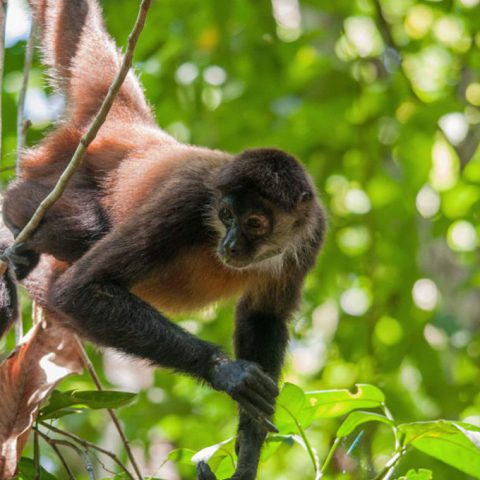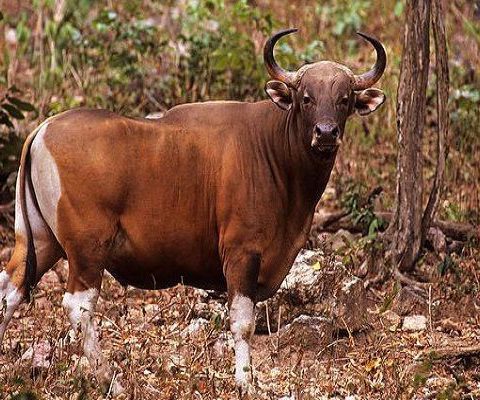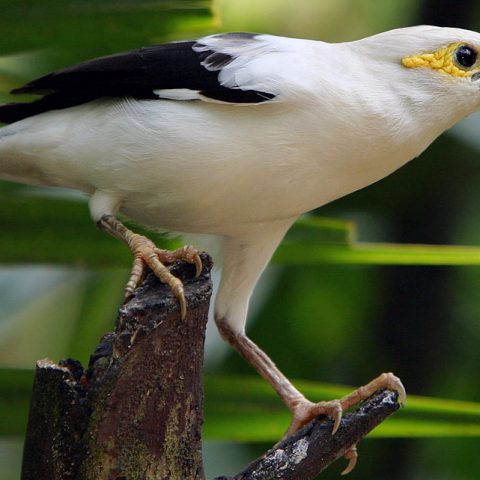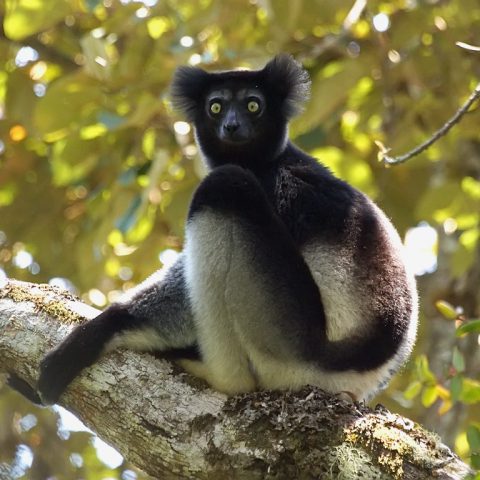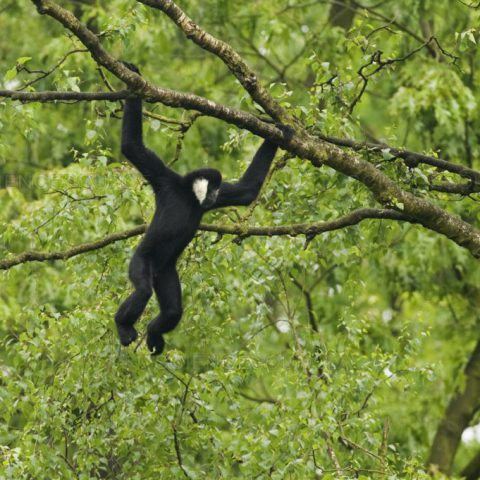Mountain Pygmy Possum
![]() Critically Endangered
Critically Endangered
Population
Less than 2000 individuals remain
Size
The species measures around 11 centimetres in size for head and body with a tail around its body size
Weight
The species weighs around 45 grams
Countries
Australia
Distribution
The Mountain pygymy possum is found in 3 distinct populations with alpine in south-east Australia, Mount Blue Cow in Kosciusko National Park in New South Wales, Mount Bogong and Mount Higginbotham and loch in Bogong High Plains in Victoria and Mount Buller also in Victoria.
Description
A small rodent like marsupial, with the males of the species being minimally larger than females. For its size the species has large forward facing eyes and has a short pointed snout. The species has very fine, but very dense fur aiding its survival in alpine environments. The species is of a darkish brown to grey colour with a darker line up the middle of its back, while having a lighter underbelly, which for males does become more tawny coloured during mating season perhaps as a way to attract a mate. The species also sports a long tail which is often longer than the animals actual size which has little hair on it.


Quick Facts
Key behaviour of the Mountain Pygmy Possum include:
- The species has an annual reproductive cycle which usually occurs in the spring months
- The males migrate to higher elevations to mate with females at nesting sites
- Gestation lasts for around 14 to 16 days with nesting lasting around 3 to 4 weeks
- Many females share the same nesting site
- The species is nocturnal and sleep during the day to hunt for food in the night
- The species spends all of its time on the ground
- Males live further down the mountain and leave nesting sites, while females will stay at the higher elevation in small groups. This results is males having a higher mortality rate
- The species is known to be the only small mammal in Australia which hibernates which can last for up to 7 months. The species will wake up during hibernation to feed for periods of 2 to 3 days. This often occurs under snow and the species can lower their body temperature by 2 degrees Celsius
The Mountain Pygmy Possum eats:
- Boggong Moths – this species is seasonal and makes up around a third of the species diet
- Mountain Plum Pine fruit
- Seeds of Snow beard hearth
The species lives in only alpine areas at elevations of around 1400 metres to 2228 metres.
The main threats to the existence of the Mountain Pygmy Possum are:
- Population Isolation and fragmentation
- Climate Change
- Habitat destruction – especially for ski resorts and snow fields
- Feral cats and red foxes
- Threats to the Boggong Moths, the species primary food source
Conservation Efforts
Currently numerous tactics are being implemented to aid the speices, implementing tunnels under roads to allow the population to connect and migrate, controlling red fox and feral cats numbers in the species home range and the Foundation for National Parks and Wildlife has begun a breeding program to help increase the species population and ensure a captive population exists and can aid in supporting the current population.



